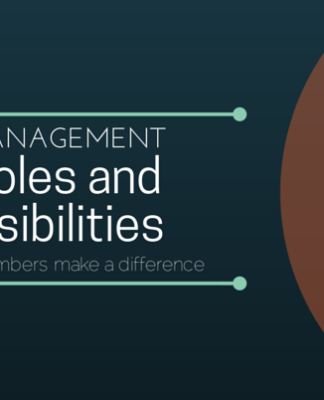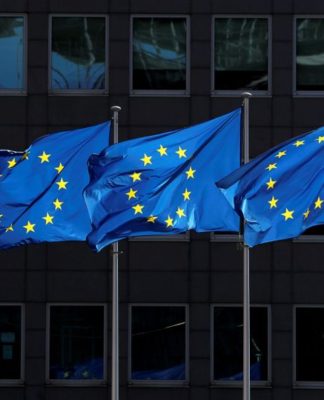Report: Credit Card Delinquencies Rise as Consumers Drain Savings
BY PYMNTS | JUNE 19, 2023
|
Your card bill might read “2023,” but for credit card delinquency rates, it’s 2019.
As Seeking Alpha noted in a report Monday (June 19), those rates now exceed pre-pandemic levels for at least three card companies: Capital One, Discover and Bread Financial.
The report cites comment from Wolfe Research analyst Bill Carcache, who said that it’s “time to retire the term ‘normalization,’” as delinquency rates — which typically drop in May as tax rebates arrive — are going up this year.
“We expect delinquency rate formations to continue to rise over the coming months before accelerating later in the year as credit headwinds transition from normalization to degradation,” he wrote to clients.
Carcache also projected weakened consumer spending in the second half of 2023, as consumers exhaust savings and “excess liquidity will be wiped out across all income cohorts except the top 20%.”
The Seeking Alpha report noted that this projection is in line with Fitch Ratings, which forecast that consumer savings are likely to dwindle soon.
Since January of last year, monthly savings flows, on average, have been $73 billion lower than “normal,” Fitch estimated, though it may take until the second quarter of 2023 for excess savings to be fully exhausted.
“There seemed to be little cause for concern about consumers’ ability to spend and save after having built up reserves during the pandemic, as Fed-released numbers in October revealed that U.S. households held $1.7 trillion in ‘excess’ personal savings,” PYMNTS wrote in May.
However, any hope evaporated when details showed that distribution to be disproportionate, with households in the top half of income distribution holding three-quarters of that money.
And those concerns were borne out, as 12% of consumers spent more than they took in in the six months leading up to October.
To manage these expenses, 27% of households tapped into their savings solely to manage credit card debt, and 35% of that “extra” pandemic-era savings had vanished by February. In addition, last year saw a record number of 401(k) holders dipping into their plans to cover costs.
More recent research shows that savings don’t even cover credit card debt for many consumers who live paycheck to paycheck, as those who have issues paying their bills carry average balances that make up 157% of their available savings.
And now, as noted in PYMNTS’ latest collaboration with LendingClub, “New Reality Check: The Paycheck-to-Paycheck Report,” dipping into savings is one of the main reasons behind nearly 21% of consumers living paycheck to paycheck.






























